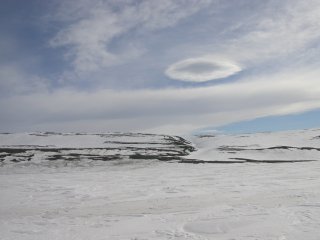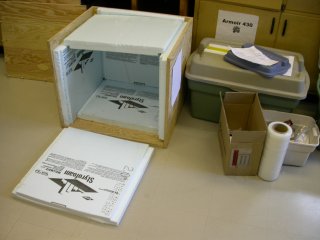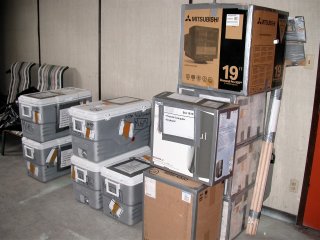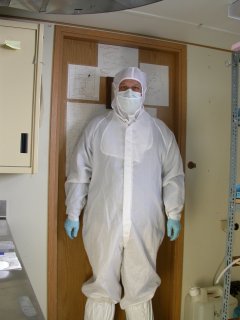I have set-up the GC-FID again and things are running fine. The system works after I had a few problems with broken connectors. However, the baseline (BL) has stabilised at 16 pA after several days of equilibration.
I have therefore cut the column at the detector end to reduce column bleeding that had occasionally occurred – no luck. The spikes that appeared every once in a while were mostly gone, but the BL stayed at 16 pA (identical with the BL of my colleague running a similar system next to me). In Alert, however, my BL was much better (4-5 pA). When cleaning the system I found out that my BL dropped to 13 pA, strange given the higher temperature and load on the column.
But my hypothesis is that the (standard) compressed air is the culprit. The cleaning program uses a lower air-flow, thus introducing less contamination into the detector system. Additionally, I have used Ultra-zero air in Alert (much cleaner), which I have ordered now and that is due to arrive on Monday.




